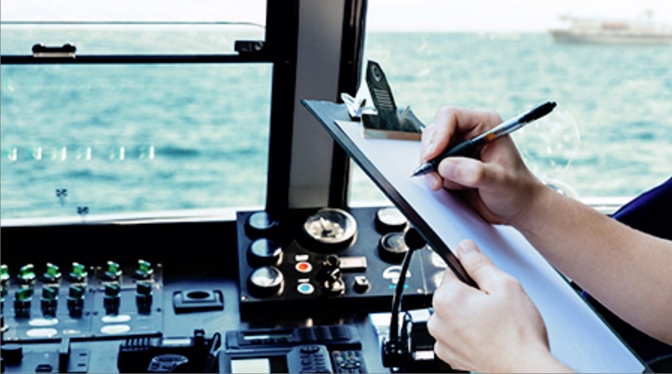The Black Sea MoU issued preliminary results on the joint Concentrated Inspection Campaign (CIC) on MARPOL Annex VI, conducted by PSC officers in the Black Sea MoU region from 1 September to 30 November 2018. The overall average per cent of non-conformities was 6.62 which means that “unsatisfactory” answer was given to a question on 6.62 % of occasions.
The campaign was conducted under the campaign coordination of the Republic of Turkey Maritime Administration. Paris and Tokyo MOUs guidelines and questionnaire were used.
Key figures
- During the campaign, a total of 781 inspections were carried out with the CIC questionnaire involving 781 individual ships.
- Of this quantity, 55 ships were detained without detentions were being within the CIC scope.
- A total of 139 questionnaires had at least a non-compliance to any of the requirements, resulting 17.8% of CIC inspections.
- Inspected ships not detained for CIC-related deficiencies which comprises no CIC topic related detentions.
By ship type
- A total of 271 (33.80%) CIC inspections concerned bulk carriers ships,
- general cargo/multi-purpose 264 (33.80%) inspections,
- oil tankers with 122 (15.62%) inspections and
- chemical tankers with 52 (6.62%) inspections,
- this comprises 736 (94.24%) total CIC inspections.
By flag state
- Most inspections were carried out on board ships flying the flags of Panama with 128 (16.39%) inspections,
- Marshall Islands with 90 (11.52%) inspections,
- Malta with 80 (10.24%) inspections and
- Turkey with 70 (7.12%) inspections.
- A total of 24 flags, covering 9.76% of the total CIC inspections, had no CIC topic nonconformities.
By ship age
- By ship age, ships under 15 years reported the most favourable results, but the situation worsened as the age of ships increased.
- Older ships, particularly those 30 years and older, reported the least favourable results.
Most favourable results
The most favourable results related to:
- whether bunker delivery notes indicate that fuel oils delivered and used on board is not exceeding the maximum allowed sulphur content appropriate Q2 (0.3%);
- whether bunker delivery notes kept available on board for the required period of 3 years Q1 (1.2%); and
- whether the ships which are using separate fuel oils to comply with the maximum sulphur content of 0.10% m/m in fuel oil and entering or leaving SOx emission control areas record detailed information showing that the ship has completed/initiated the change-over in the logbook prescribed by the Administration Q5 (1.2%).
Least favourable results
The most un-favourable results are questions 4, 6 and 7, which asked;
- whether the ships which have rechargeable systems containing ozone-depleting substances have the ozone-depleting substances record book maintained Q4 (46.2%);
- whether alternative arrangements, installed on board according to regulation approved by the flag State Q6 (30.5%); and
- where an Approved Method in accordance with Annex VI, is installed, confirmed by a survey using the verification procedure specified in the Approved Method File, appropriate notation on the ship’s International Air Pollution Prevention Certificate of the presence of the Approved Method Q7 (21.16%).




























































